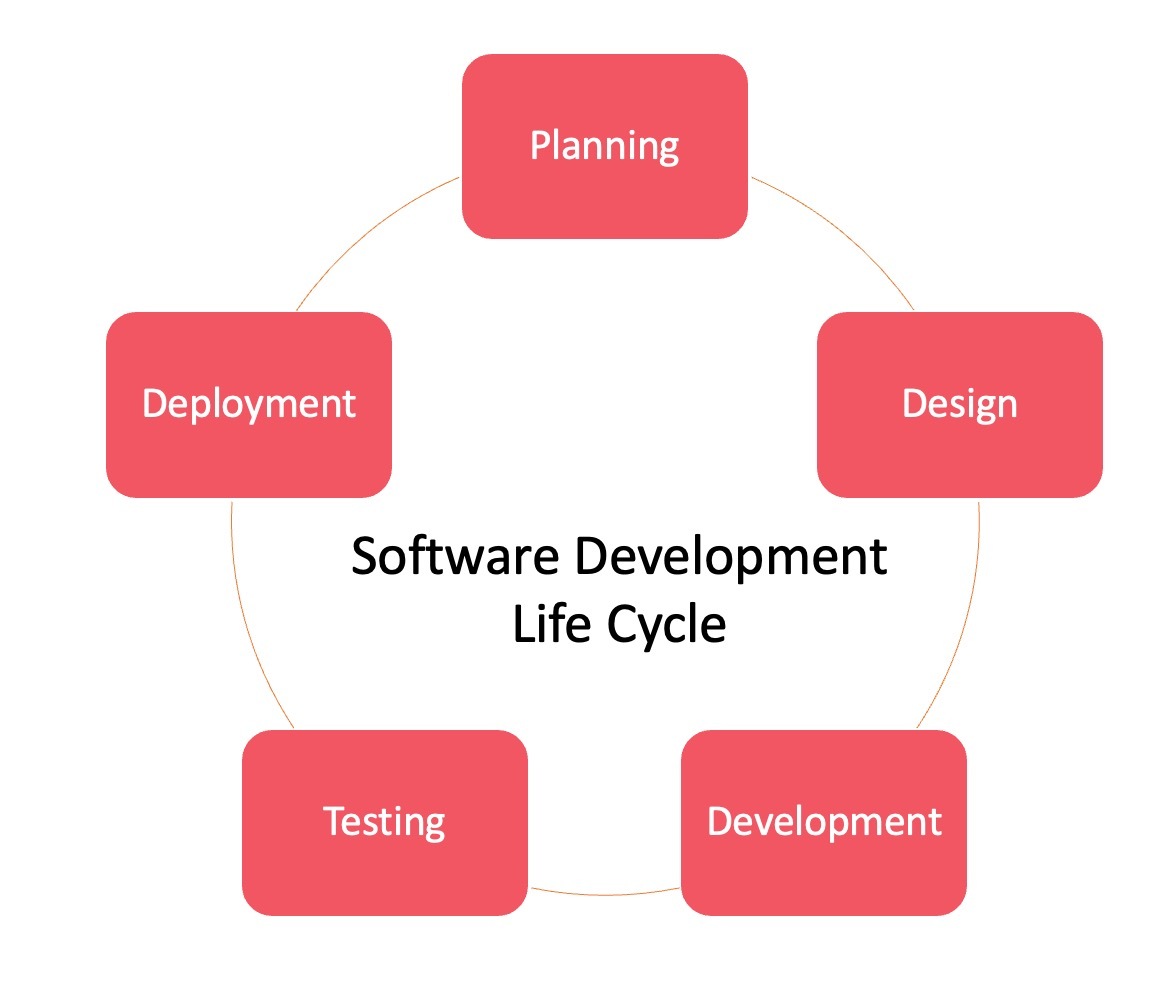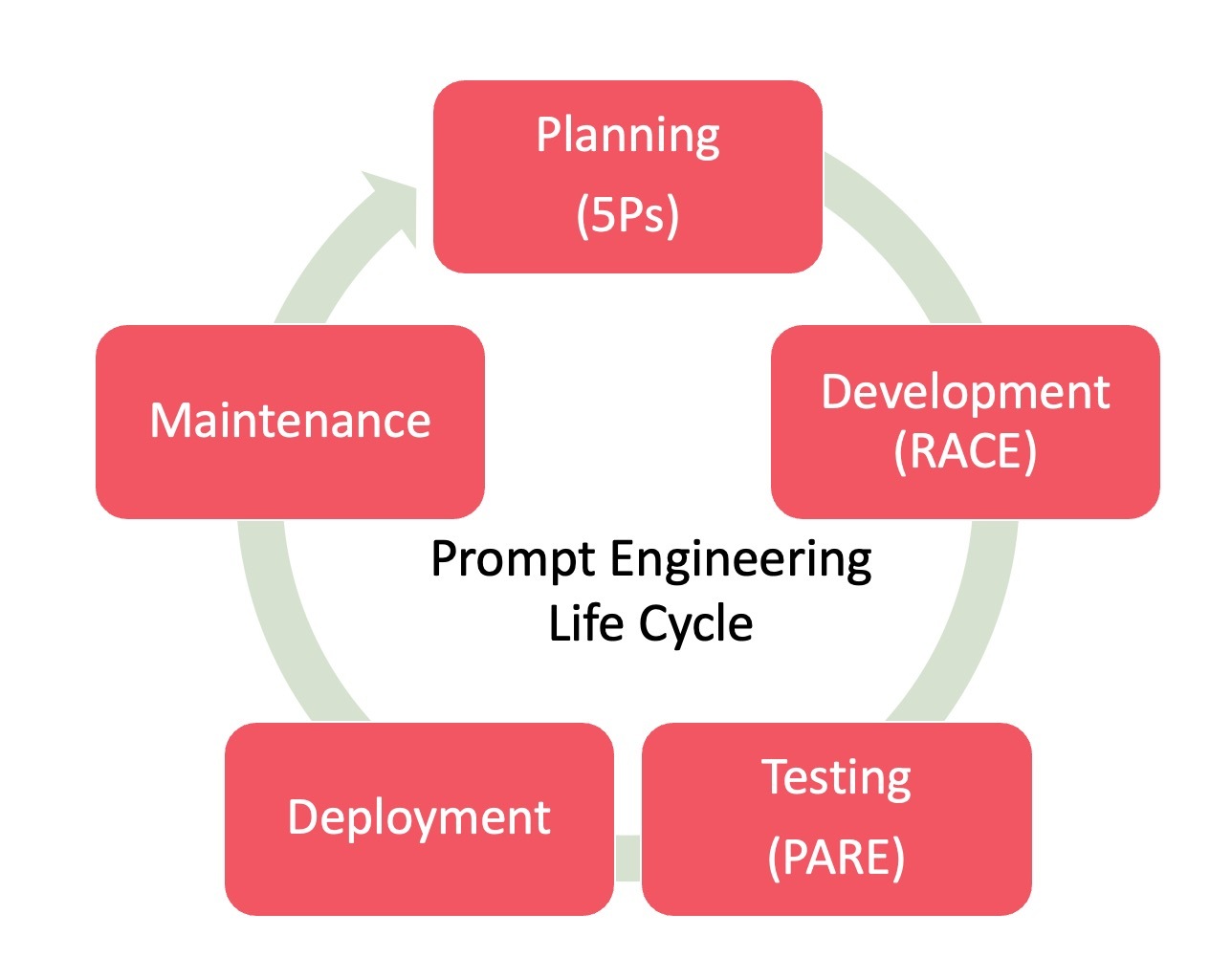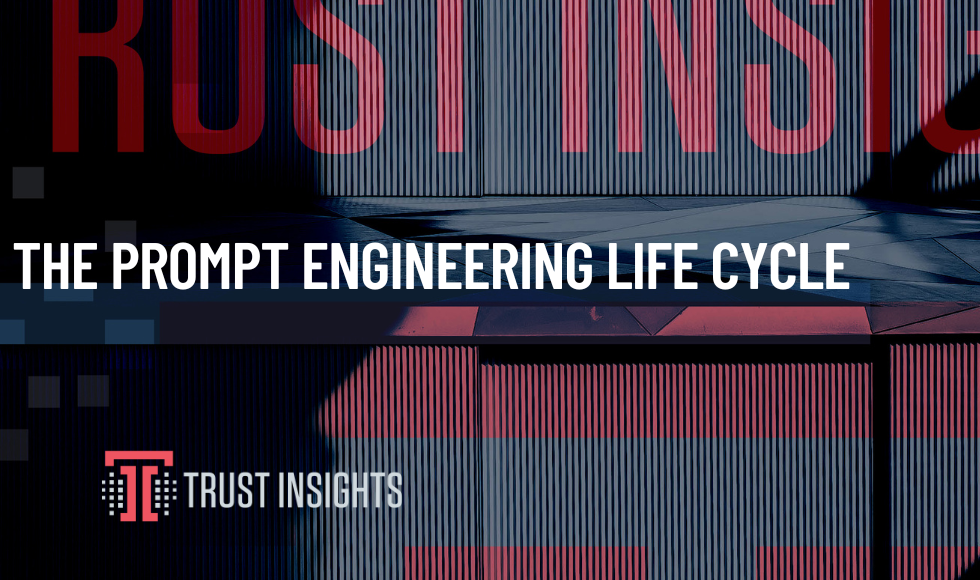This data was originally featured in the April 17th, 2024 newsletter found here: INBOX INSIGHTS, APRIL 17, 2024: THE PROMPT ENGINEERING LIFE CYCLE, USING ANALYTICS WITH AI
This week, Chris asked if I could speak about how prompt engineering fits into the software development life cycle (SDLC). It’s an interesting question to tackle. This either assumes that prompt engineering is a type of development, or you can use the SDLC for non-technical tasks.
Either way, let’s see what happens.
For context, the software development life cycle (SDLC) was created in the 1960’s to help break down complex business systems. The purpose, at the time, was for systems development that required data and analysis. As programming evolved, the life cycle also evolved and became the framework we know today.
Every company has their own version of the SDLC, but at the core, the phases are roughly the same. Every basic SDLC has Planning, Design, Development, Testing, and Deployment.
At a high level, it should look something like this:

The tasks that go into prompt engineering are very similar to the SDLC. Let’s map the steps.
First, you need a plan. What are you going to do? What is your purpose? For this step I would recommend using the 5P Framework. The 5Ps are Purpose, People, Process, Platform, and Performance. This framework will allow you to efficiently gather your requirements. You’ll know if you need supplemental data or buy-in from other stakeholders. You’ll choose your technology and have a measurable outcome. It will make the development of your prompt go more quickly.
Next, you need to design and develop your prompt. You’ll outline your instructions for a generative AI system. This is where a framework like RACE is useful. RACE is Role, Action, Context, and Execution. This framework will walk you through the steps to construct your prompt, making sure you have the necessary information.
You can grab a copy of the RACE Framework here
Once you’ve developed your prompt you need to test the results. This is where you would use the next framework, PARE. PARE is Prime, Augment, Refresh, and Evaluate. You would use this framework to refine your outcome. You do this by asking questions and poking holes in your initial prompt. When you’re engineering a prompt, you want to spend most of your time in this phase. The RACE Framework is a good start, but it’s the questions that you ask the system that will get you the best results. Remember, these generative AI systems will only do what you ask and nothing more.
You can grab a copy of the PARE Framework here
If you’re satisfied with your results, you can deploy it. Here, you’d save your work into your prompt library for future use. As you have new information or your goals change, you’ll want to update, or maintain your prompts. At a minimum, review your prompts quarterly, or more frequently if they are heavily used.
When you put it all together, it looks something like this:

Not too different visually. The steps are the same. The take away here is that you can rely on existing frameworks that you’re comfortable using to get good results. Prompt Engineering is similar to development in that you need a plan that you can test and refine. Thankfully, there are many frameworks that can help you get the best outcome.
How are you developing your generative AI prompts? Reply to this email to tell me or come join the conversation in our Free Slack Group, Analytics for Marketers.
– Katie Robbert, CEO








